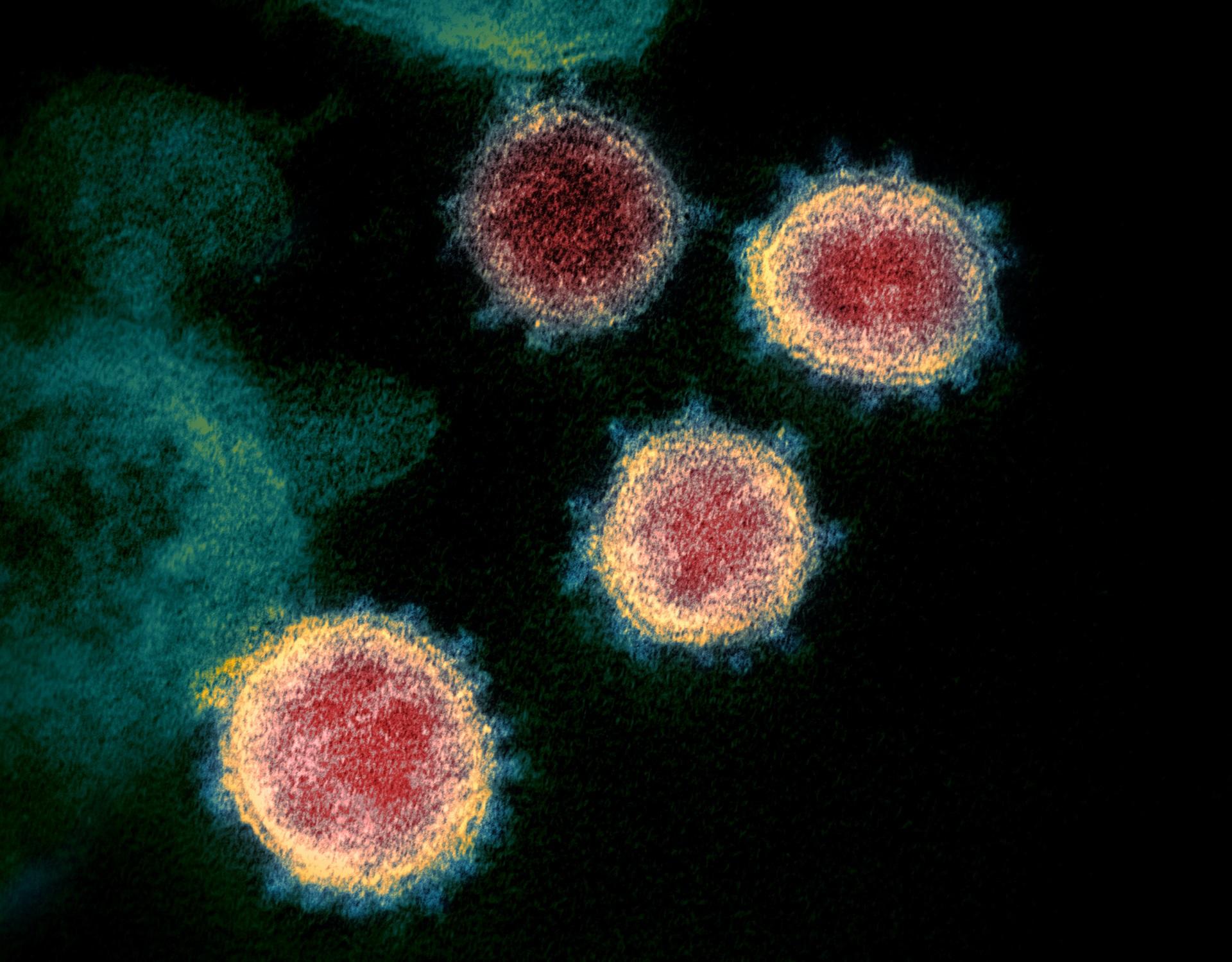Evolutionary signatures governing the codon usage bias in coronaviruses and their implications for viruses infecting various bat species
Many viruses that cause serious diseases in humans and animals, including the betacoronaviruses (beta-CoVs), such as SARS-CoV, MERS-CoV, and the recently identified SARS-CoV-2, have natural reservoirs in bats. Because these viruses rely entirely on the host cellular machinery for survival, their evolution is likely to be guided by the link between the codon usage of the virus and that of its host. As a result, specific cellular microenvironments of the diverse hosts and/or host tissues imprint peculiar molecular signatures in virus genomes. Our study is aimed at deciphering some of these signatures. Using a variety of genetic methods we demonstrated that trends in codon usage across chiroptera-hosted CoVs are collaboratively driven by geographically different host-species and temporal-spatial distribution. We not only found that chiroptera-hosted CoVs are the ancestors of SARS-CoV-2, but we also revealed that SARS-CoV-2 has the codon usage characteristics similar to those seen in CoVs infecting the Rhinolophus sp. Surprisingly, the envelope gene of beta-CoVs infecting Rhinolophus sp., including SARS-CoV-2, had extremely high CpG levels, which appears to be an evolutionarily conserved trait. The dissection of the furin cleavage site of various CoVs infecting hosts revealed host-specific preferences for arginine codons; however, arginine is encoded by a wider variety of synonymous codons in the murine CoV (MHV-A59) furin cleavage site. Our findings also highlight the latent diversity of CoVs in mammals that has yet to be fully explored.
Back to publications
